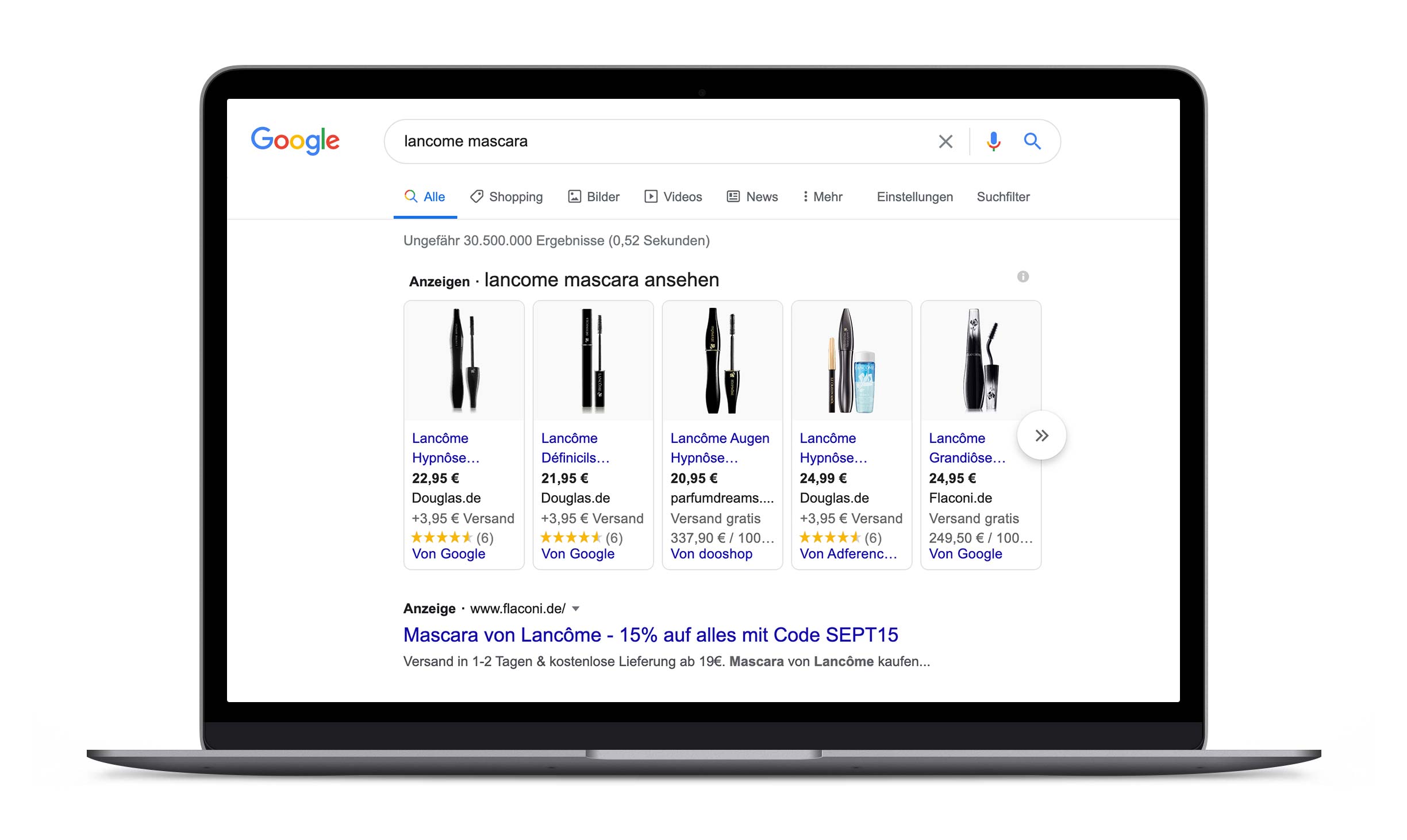 Are you looking to increase your website’s visibility and drive more targeted traffic? Search engine marketing (SEM) might just be the solution you need. In this comprehensive guide, we will explore the ins and outs of SEM, its benefits, how it differs from search engine optimization (SEO), and how you can get started with your own SEM campaigns.
Are you looking to increase your website’s visibility and drive more targeted traffic? Search engine marketing (SEM) might just be the solution you need. In this comprehensive guide, we will explore the ins and outs of SEM, its benefits, how it differs from search engine optimization (SEO), and how you can get started with your own SEM campaigns.
SEM, as a digital marketing practice, aims to improve your site’s visibility in search engines through paid advertising. By bidding on keywords that are relevant to your business and target audience, your ads can appear at the top of search engine results pages (SERPs) when users search for those keywords. What makes SEM even more attractive is that you only pay when someone clicks on your ad, making it a cost-effective way to reach potential customers.
There are several benefits to incorporating SEM into your digital marketing strategy. Firstly, SEM increases your website’s visibility, allowing it to be seen by potential customers who are actively searching for products or services like yours. By targeting specific keywords and demographics, SEM ensures that your ads are seen by the right audience, leading to higher conversion rates and better returns on investment. Additionally, consistently appearing at the top of search results can improve brand awareness and establish your business as a leader in your industry.
It’s essential to distinguish between SEM and SEO. While both aim to improve your site’s visibility in search engines, SEM involves paid advertising, while SEO focuses on optimizing your website to rank organically in search results. SEO is a long-term strategy that requires ongoing effort to maintain and improve your rankings, whereas SEM can deliver immediate results but requires a budget to sustain your ad campaigns.
If you’re new to SEM and want to get started, here are some steps to guide you. First and foremost, set clear goals and objectives for your SEM campaign. Are you looking to drive traffic, increase sales, or build brand awareness? Defining your goals will help you create targeted campaigns that deliver the desired results. Next, conduct thorough keyword research using tools like Google Keyword Planner to identify popular keywords that your target audience is searching for. These keywords will form the basis of your ad campaigns.
Once you have your keywords, it’s time to create compelling ads. Your ad copy should entice users to click on your ads, so be sure to include relevant keywords and highlight the unique selling points of your products or services. Remember, the goal is to stand out from the competition and attract potential customers.
After launching your SEM campaigns, it’s important to continuously monitor their performance and make adjustments as needed. Test different ad copy, keywords, and targeting options to optimize your campaigns for maximum results. By regularly monitoring and optimizing your campaigns, you can ensure that you’re getting the best return on your investment.
In conclusion, SEM is a powerful digital marketing tool that can drive targeted traffic to your website and increase brand awareness. By understanding how SEM works and following best practices, you can create successful campaigns that deliver results for your business. Remember to set clear goals, conduct thorough keyword research, create compelling ads, and continuously monitor and optimize your campaigns for the best results. With the right strategy and execution, SEM can be a valuable asset in your digital marketing toolkit.
